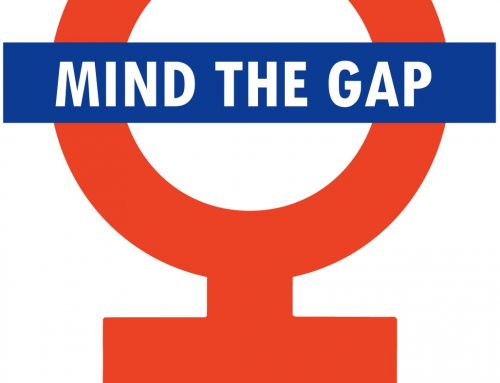The 2008 financial crisis resulted in 7.9 million job losses and the recovery was slow. With companies hesitant to hire full-time employees, but still needing to get projects done, they turned to freelancers. And those who were looking for paying work began freelancing to make ends meet. Yet, while the economy and job outlook has improved, the number of workers identifying themselves as “freelance” is going up. 53 million Americans, or 34% of the workforce, identify themselves as freelancers. 14.3 million of those are “moonlighters” who might take on extra projects on the side. 21.1 million people identify as independent contractors – the individuals who do this as their sole source of income. What is interesting is that freelancers comprise a wide swath of demographics: younger workers trying to hone skills, parents looking for flexibility, boomers to stay active and supplement their income.
Mutual Benefits
There are obvious mutual benefits to both the employer and the freelancer. The employer does not have to shoulder the burden of benefit costs or head count in times of economic uncertainty. The freelancer often makes a higher hourly rate to compensate for the loss of benefits. Freelancers can choose when and where they work. And both parties can quickly choose to end contracts when they see fit.
Not Just Writers or Designers
Writers and designers are the most often contracted workers. But accountants and lawyers are freelancing as well, according to freelancing job site O Desk’s CEO Gary Swart:
“[Swart] sees demand for just about any job that can be done in front of a computer, including lawyers, accountants and strategic consultants. Online job marketplaces are a major disruptor in the world of work, says Swart, who estimates that by 2020, one in every three workers will be hired online.”
The drive for content marketing, social media, and the increase in working in a “virtual” sense is opening up the number of options available for freelancers:
“During the past year, some of the categories in hottest demand were social media marketing, academic writing, research, design, data analysis, infographics, virtual assistants, translations, and IT.”
The Future of Work
Demographic shifts will be dramatic in coming years. Two large portions of the population, boomers and Generation Y, will cause the face of the workforce to change. Baby boomers are familiar with the traditional 9 – 5 and Generation Y came of age just after the tech boom and crash and then the financial crisis. Sandwiched between is the smaller Generation X, members of which are taking over as leaders and executives. Profound shifts in technology, the economy, and attitudes among younger generations are changing the way we view work. As more people seek some measure of freedom in their work lives and companies try to minimize cost or supplement work flow, the number of freelancers will continue to grow.






